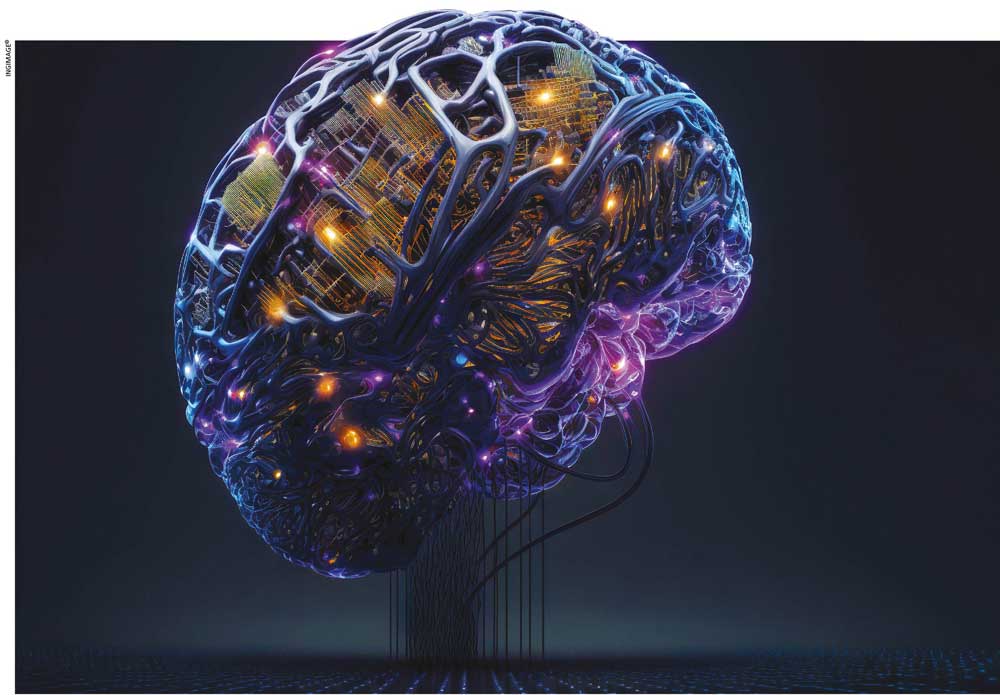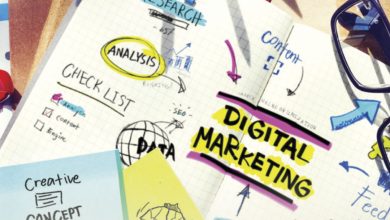THE BUSINESS BOTTOM LINE
Machine learning is creating immediate value and increasing profitability in kind – Merilee Kern

In today’s tumultuous business scape, curating and mining data to drive analytics-based decision making is no longer sufficient. To compete effectively in the marketplace with maximum sustained impact and mitigated opportunity losses, data monetisation is the name of the game – particularly when it is spurred by AI.
Artificial intelligence is critical for aptly predicting, preparing and responding to prospective crises as with the COVID-19 pandemic. In fact, Gartner recently cited the need for “smarter, faster and more responsible AI” as its number one trend.
Data and analytics leaders should focus on this especially when looking to “make essential investments to prepare for a post-pandemic reset,” it added.
Employing AI techniques such as machine learning (ML) and natural language processing (NLP), to glean insights and render projections, is no longer enough. This is especially the case for organisations that are seeking to compete efficiently on a national, multinational or global scale.
Today’s businesses must move towards a culture of AI driven data literacy that directly and positively influences their top and bottom lines.
“To help data monetisation minded enterprises better future proof their operations and asset amplify their data value chain, there are a few key ways to implement and elevate machine intelligence so that it’s far smarter, faster and more accountable than protocols past,” notes Founder and CEO of CLOUDSUFI Irfan Khan.
CLOUDSUFI is an AI solutions firm that automates data supply chains to propel and actualise data monetisation. Khan details five benefits of leveraging AI data driven insights and technology, to create actual and actionable value.
OPPORTUNITIES Today’s ML capabilities enable people to sift through data at speeds faster than ever before. Existing technology offers the opportunity to wholly analyse image, spoken or written inputs rather than only numbers. This helps businesses find connections across diverse data sets.
In turn, this generates and maximises value in several ways. Relative to the bottom and top lines, it can substantially reduce expenses and also create new market opportunities.
With COVID-19 as one recent example, algorithms speedily sifted through an extraordinary amount of data to identify similar diseases and potential cures, and enabled those methodologies to be readily tested against the coronavirus.
Emerging AI data processing protocols are far more rapid than prior iterations of ML technology, as are the solutions, discoveries and profit producing results.
ACTUALITIES Data generates value, which leads to monetisation. Previously, it was difficult if not humanly impossible to sift through massive amounts of data and pinpoint relationships. There existed very rudimentary tools such as regression and correlation but today’s analytics call for gaining a true understanding of what extracted data actually means.
How do you convert data into a story you can actually tell?
Often, decisions are made based on emotional foundations. Leaders are using data to either validate their gut feelings or disagree with their instincts. Now they’re receiving quicker insights that decisively validate or invalidate their thinking while also prompting them to ask new questions.
SCALE MODELS We often separate our data as factuals and assert that ‘this is what happened.’
Neural networks connect the human decision-making process to those factuals – a simulation practice that helps us make better decisions. In the past, we would look at data sets like demographics, customer behaviour and such in silos. But when these multiple data sets are connected, it becomes evident that no two humans or customers are alike.
Technology is now enabling us to understand trends on a factual level and then project outwards. In the healthcare realm, some companies are using this key learning to predict whether or not a person is likely to suffer a certain affliction and then provide highly personalised medicine.
The same processes, principles and benefits hold true in non-healthcare categories as well.
SUPPLY CHAINS There are highly effective methods for future proofing your data value chain. Since it is quite complex, making it future proof and stable requires thoughtful processing from creation to the consumption of actionable insights.
It begins with data acquisition from a number of internal and external sources where it’s being generated by the millisecond. Once it is identified and ingested, the data needs to be brought to a central point where it can be explored, cleansed, transformed, augmented and enriched, and finally modelled for use towards a purpose.
Then comes statistical and heuristic modelling. These models can be of different types using different algorithms yielding varying levels of accuracy in many scenarios.
Finally, there is the visualisation of outcomes. It’s an explanation demonstrated by drawing cause and effect relationships that highlight where there’s the most impact. This leads to a conclusion on how a set of problems can be solved or opportunities uncovered.
MULTIMEDIA Until now, we have been able to write algorithms, generate immense amounts of numerical or written data and make sense of it. However, there’s a large amount of data that comes in the form of images or voice, which has not been easy to process and manage until recent developments.
The applications for processing visual and auditory inputs are endless. In fact, the retail and finance sectors have been early adopters of this technology. They’ve seen costs come down, engagement rise, sales increase and benefit from other highly significant points of monetisation.
Even the realm of education is tapping AI driven data to track the retina movement of kids engaged in remote learning and see if they are actually engaged in the process.
In radiology, researchers are starting to convert visual data and track it to gain a deeper understanding of digital images and videos. MRIs are better able to track the progress or regress of brain tumours. Video data processing of the human eye can also be used to determine if a person is drunk, fatigued or even has a disease.
For niche players, today’s leading edge AI technology also provides for vertical industry specialisation.
Perhaps the future mandate for AI should not only focus on becoming smarter, faster and more accountable than its predecessors, but bridging the gap between human intuition and data backed decisions. Doing so will assuredly advance an organisation’s ability to transact with utmost trust.





